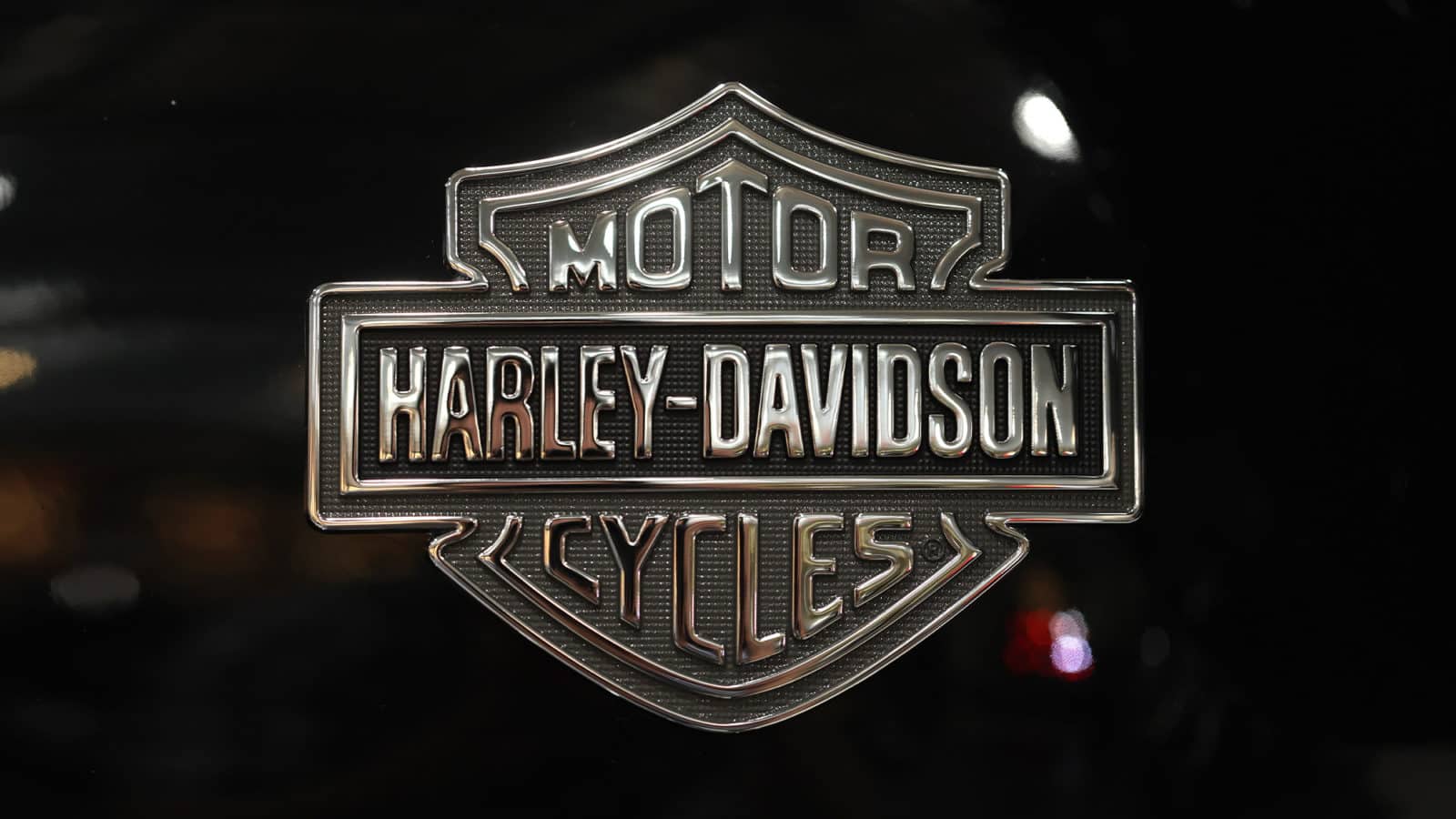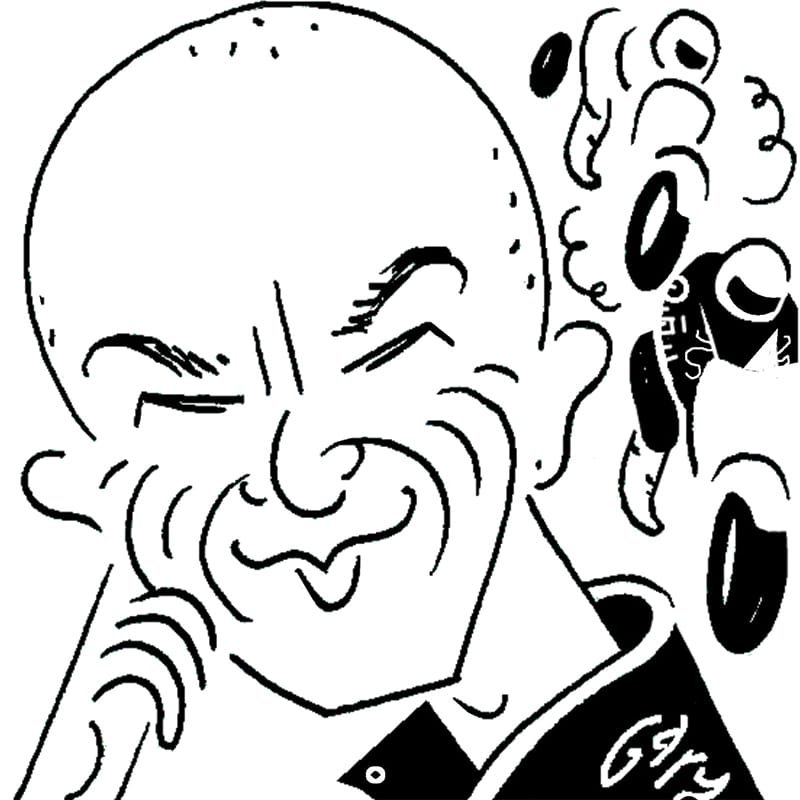Mat Oxley: When Harley-Davidson tried to enter MotoGP
Plans to cash in on the superbike craze led Harley-Davidson to create a radical engine with ilmor

Justin Sullivan/Getty Images
Harley-Davidson – the global king of chugging cruisers, beloved by Hells Angels – contesting the MotoGP world championship? You’ve got to be kidding, right?! But surely that’s no weirder than luxury car manufacturer Cadillac’s desire to enter Formula 1, which was recently announced by former F1 world champion Mario Andretti and General Motors.
Harley currently has no plans to enter MotoGP but two decades ago the Milwaukee company certainly did. Why? Because some Harley executives were worried that the marque’s ageing customer demographic – riding old-school V-twin cruisers, choppers and tourers – would eventually cause their sales to shrink disastrously. At the turn of the century the motorcycling world was in love with high-performance superbikes, so these executives believed that this is where they would find their customers of the future.
But you can’t sell racy 1000cc ‘crotch rockets’ to motorcyclists without first proving yourself on the racetrack, so that’s what Harley planned to do: build a machine for the road-based World Superbike series, then graduate to MotoGP, a much greater technical challenge.
The VR2 V-twin programme began at Laguna Seca, with a meeting during the 2000 US round of the WSB series, between Harley management and British motor-sport engineering firm Ilmor, which had already worked with Harley, offering its expertise to improve the internals of the company’s road-bike engines. After sizing up the opposition in California the two parties finalised the way forward at Harley’s HQ the following week.
The entire project might have been lost in the mists of racing history if not for a chance conversation between me and Patrick Morgan, son of Paul Morgan – who in 1983 founded Ilmor Engineering with fellow former Cosworth man Mario Illien, hence the Ilmor name. Paul told me about the radical plans for the VR2, with which Harley and Ilmor hoped to defeat the dominant WSB machines of the time, Ducati’s 996 and Honda’s SP-W.
The VR2 would be powered by a 70-degree, eight-valve 1000cc V-twin. Nothing unusual in that (although the Ducati and Honda used 90-degree 1000cc V-twins) but the Harley/Ilmor engine was going to be like nothing seen before.
The upper cylinder of the vee would stand upright, immediately behind the front wheel, with the lower cylinder lying down, pointing towards the rear wheel. This layout was the opposite of the Ducati/Honda norm. The idea was to place the heaviest part of the engine – the crankshaft – as far forward and as low as possible, to increase front-tyre contact for better grip exiting corners and to reduce wheelies for improved acceleration.
And to make the powertrain super-compact the six-speed gearbox would be squeezed inside the vee, between the cylinders.
“The Harley/Ilmor engine was going to be like nothing seen before”
The top end would use pneumatic valve springs, a first on a road bike (WSB machines must be homologated for road use). A compressor powered by a small motor would fill the pneumatic-valve accumulator bottle in the same way that a fuel pump pressurises a fuel-injection system.
Ilmor’s plan for the VR2’s chassis was just as radical. A carbon-fibre monocoque doubled as a fore-to-aft duct, which would contain the engine radiator, to create extra performance via the Meredith effect, which has been used in Formula 1 and IndyCar racing for years.
During the 1930s British aerospace engineer Frederick Meredith realised that heat from a radiator could be used to provide useful forward thrust, because heat adds energy to the airflow exiting the radiator. By carefully designing a tunnel behind a radiator Meredith found that he could find a little extra speed, almost for free.
By August 2001 Ilmor had completed rapid prototyping of the engine and was about to start manufacturing engine parts, with the plan to debug the bike in the lower-level US superbike series before moving into WSB. Once the engineering group had learned how to go racing in WSB the long-term target was to move into MotoGP, the highest-profile championship. And then, all of sudden, Harley changed its mind. Management lost heart and decided to stick to doing what Harley knows best – building cruisers and other like-minded motorcycles.
Looking at today’s motorcycle market it seems that Harley made the right decision, because superbikes now sell in small numbers, with more comfortable, lower-performance motorcycles, from cruisers to adventure bikes, much more popular with motorcyclists.
The VR2 project may have been stillborn, but it did produce a MotoGP bike, in a roundabout kind of a way.
Ilmor caught the motorcycle-racing bug, so it designed its own MotoGP engine, a pneumatic-valve 70-degree V4, with conventional gearbox, which was housed in a modified Kawasaki MotoGP chassis built by Suter Industries. The X3 made its debut at the 2006 Portuguese Grand Prix and was due to contest the full 2007 world championship with Northern Ireland veteran Jeremy McWilliams and Australian Andrew Pitt.
Ilmor’s hope was that BMW would buy the project to take its place on the MotoGP grid but that didn’t happen, so the X3 quickly ran out of money and was shelved following the 2007 season-opening Qatar GP. And that was that – Ilmor’s and Harley-Davidson’s WSB and MotoGP adventures were over.
Mat Oxley has covered motorcycle racing for many years – and also has the distinction of being an Isle of Man TT winner
Follow Mat on Twitter @matoxley





















































































































































































